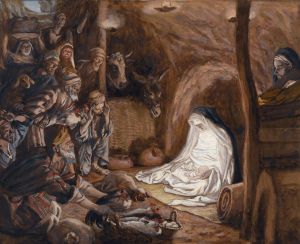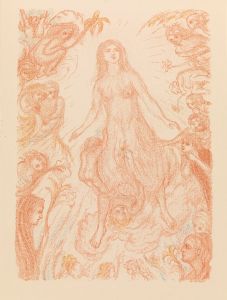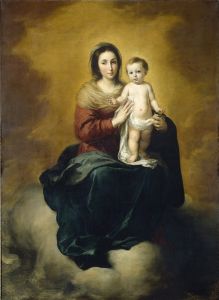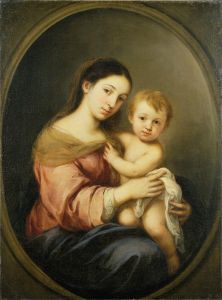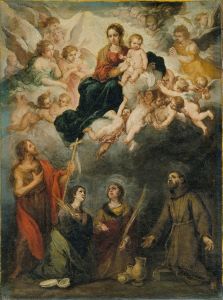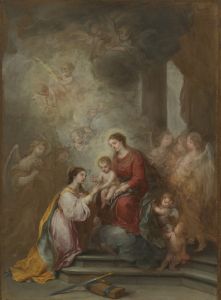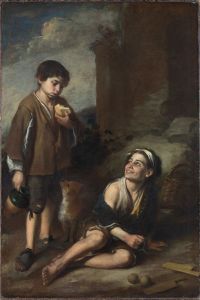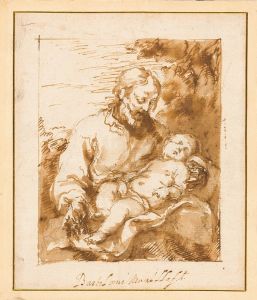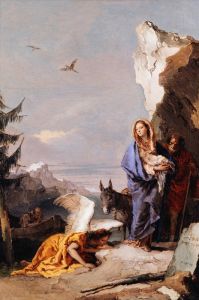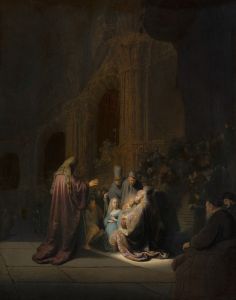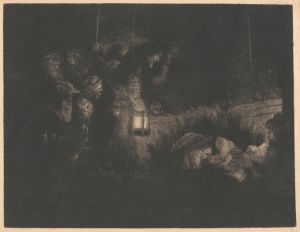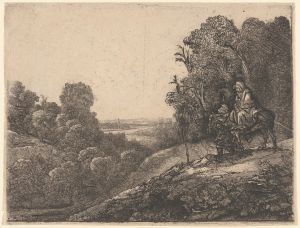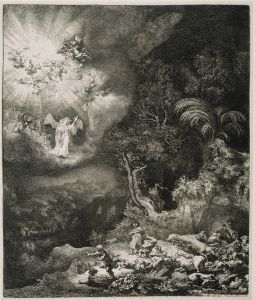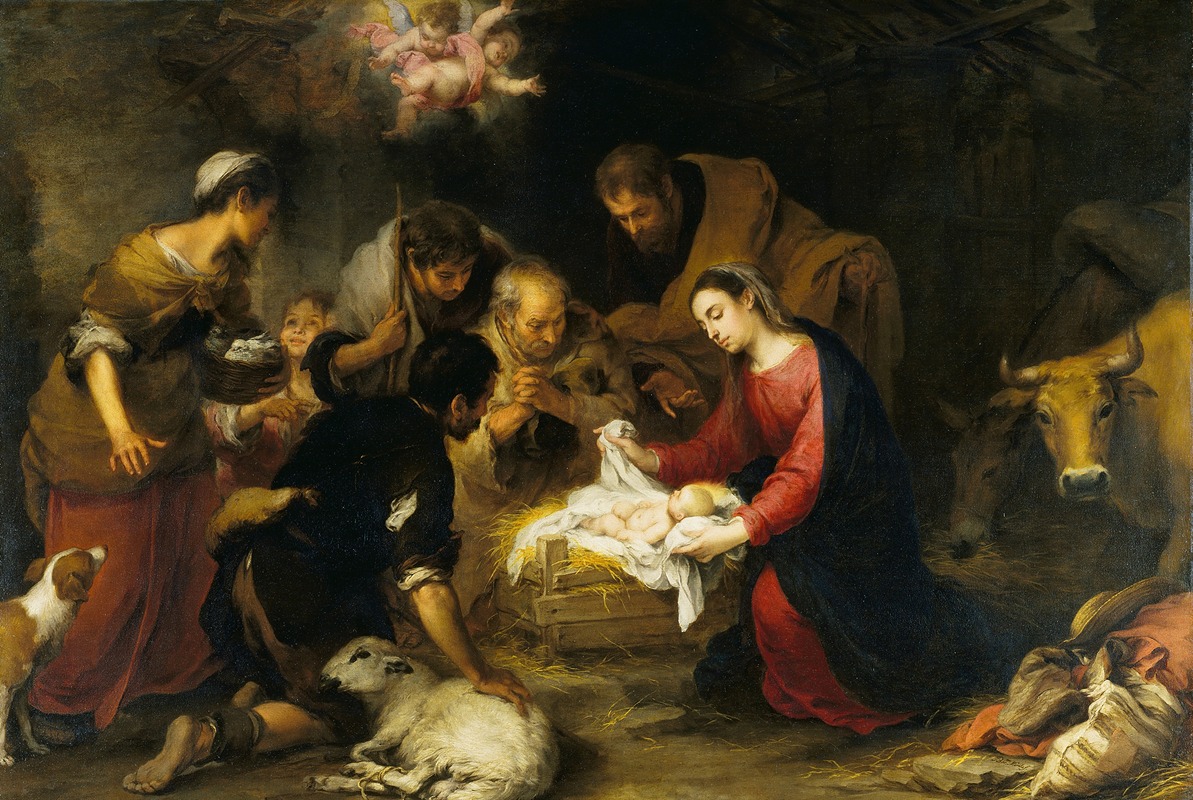
The Adoration of the Shepherds
A hand-painted replica of Bartolomé Estebán Murillo’s masterpiece The Adoration of the Shepherds, meticulously crafted by professional artists to capture the true essence of the original. Each piece is created with museum-quality canvas and rare mineral pigments, carefully painted by experienced artists with delicate brushstrokes and rich, layered colors to perfectly recreate the texture of the original artwork. Unlike machine-printed reproductions, this hand-painted version brings the painting to life, infused with the artist’s emotions and skill in every stroke. Whether for personal collection or home decoration, it instantly elevates the artistic atmosphere of any space.
"The Adoration of the Shepherds" is a painting by the Spanish Baroque artist Bartolomé Estebán Murillo. Created around 1650, this work is one of Murillo's most celebrated religious paintings, showcasing his mastery in depicting biblical scenes with a sense of realism and emotional depth.
Bartolomé Estebán Murillo was born in Seville, Spain, in 1617. He became one of the most important painters of the Spanish Golden Age, known for his religious works, genre scenes, and portraits. Murillo's style is characterized by its softness, warm color palette, and the tender, often sentimental portrayal of his subjects.
"The Adoration of the Shepherds" depicts the nativity scene, a popular subject in Christian art, where shepherds come to visit the newborn Jesus Christ. In this painting, Murillo captures the moment with a sense of reverence and humility. The composition is centered around the infant Jesus, who is lying in a manger, illuminated by a soft, divine light. The Virgin Mary and Saint Joseph are depicted on either side of the manger, gazing lovingly at the child.
The shepherds, who have come to pay homage to the newborn Savior, are shown in various poses of adoration and wonder. Murillo's attention to detail is evident in the realistic portrayal of the shepherds' expressions and gestures, which convey a deep sense of awe and devotion. The artist also includes animals, such as sheep and a donkey, which add to the pastoral setting of the scene.
Murillo's use of light and shadow is particularly noteworthy in this painting. The divine light emanating from the infant Jesus creates a dramatic contrast with the darker surroundings, emphasizing the holy nature of the event. This technique, known as chiaroscuro, was commonly used by Baroque artists to create a sense of depth and volume.
The painting is also notable for its rich color palette. Murillo employs warm, earthy tones to create a harmonious and inviting atmosphere. The soft, blended brushstrokes contribute to the overall sense of tranquility and intimacy in the scene.
"The Adoration of the Shepherds" reflects Murillo's ability to convey religious themes with a human touch. His depiction of the nativity is both reverent and accessible, inviting viewers to connect with the spiritual significance of the event on a personal level.
This painting is housed in the Museo del Prado in Madrid, Spain, which holds one of the most comprehensive collections of Murillo's works. The Museo del Prado is renowned for its extensive collection of European art, particularly Spanish masterpieces from the Renaissance and Baroque periods.
In summary, "The Adoration of the Shepherds" by Bartolomé Estebán Murillo is a masterful representation of a biblical scene, characterized by its emotional depth, realistic portrayal of figures, and skillful use of light and color. It remains a significant work in the canon of Spanish Baroque art and continues to be admired for its artistic and spiritual qualities.





